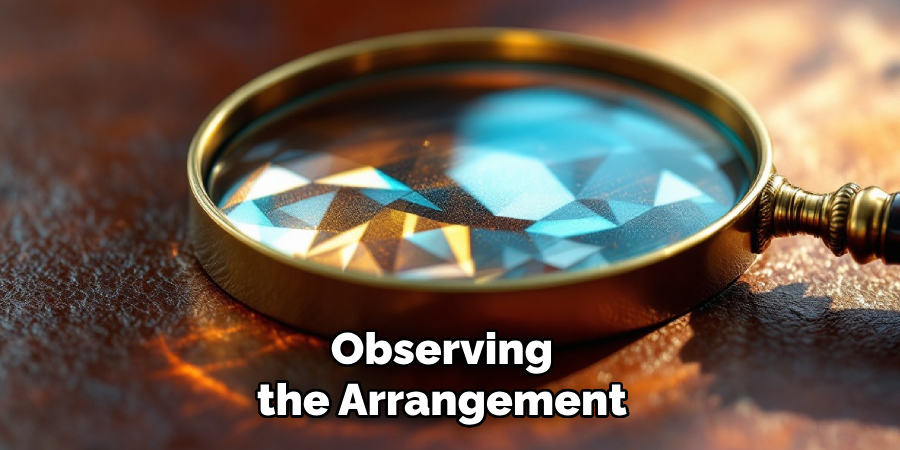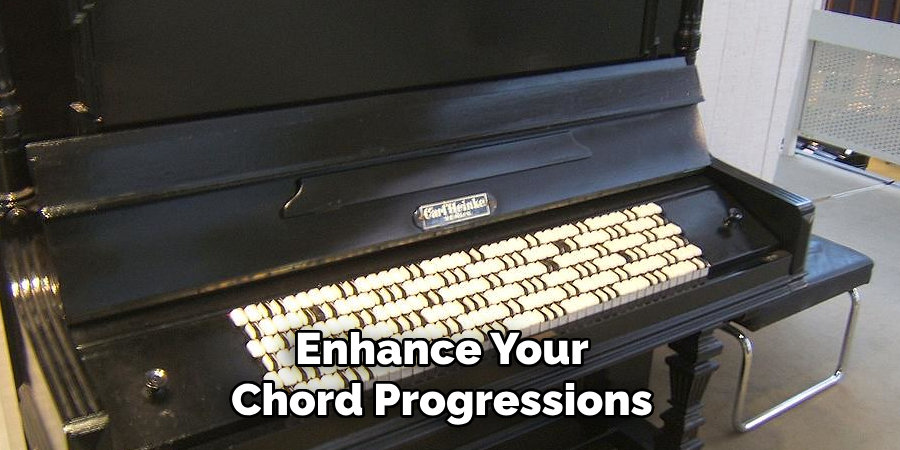Are you tired of constantly trying to find the right key for your door or car? Have you ever struggled with differentiating between similar-looking keys?

How to distinguish keys can be a useful skill in both everyday life and more specialized fields like music or locksmithing. Keys are all around us, whether they’re unlocking doors, starting vehicles, or producing harmonious sounds on a piano. While they may appear similar at first glance, understanding the physical features, markings, or context of different types of keys can allow you to identify them accurately.
This guide aims to provide clear and practical methods to help you differentiate between various types of keys, whether they are metal keys for locks or symbolic keys in music.
What Are the Benefits of Knowing the Different Types of Keys?
Knowing how to differentiate between different types of keys can have many practical benefits. For one, it allows you to quickly and accurately identify which key goes where, whether you’re trying to unlock a door or start a vehicle. This not only saves time but also reduces frustration and potential damage from using the wrong key.
In addition, understanding the features or markings on keys can also help with security measures. Being able to recognize if a key is unique or if it has been copied can prevent unauthorized access to sensitive areas or items.
Furthermore, being knowledgeable about musical symbols can enhance your appreciation for musical pieces and help you understand their composition better. You may even be able to play certain pieces by sight reading the key signatures.

What Will You Need?
To start learning about keys and their symbols, you will need a few basic materials:
- A Keyboard or Piano: This is the most common instrument used to represent different musical keys.
- Sheet Music: This will provide you with examples of key signatures and corresponding notes for reference.
- A Pen or Pencil: You can take notes as you learn about different keys and their symbols.
- Patience and Dedication: Learning about keys can be challenging at first, but with consistent practice, it can become easier over time.
8 Easy Steps on How to Distinguish Keys
Step 1. Understand the Basics of a Key Signature:
A key signature is a collection of sharps (#) or flats (b) placed at the beginning of a piece of music, right after the clef symbol, to indicate the key of the music. It tells the musician which notes will consistently be played as sharps or flats throughout the piece unless otherwise indicated by accidentals.
Key signatures are essential as they establish the tonality of a composition, whether it’s in a major or minor key. For instance, a key signature with one sharp corresponds to the key of G major or its relative minor, E minor. Understanding key signatures not only helps in reading sheet music efficiently but also plays a crucial role in improvisation, composition, and overall musicianship. Spend time familiarizing yourself with the visual placement of sharps and flats on the staff, as this will help you recognize them quickly.
Step 2. Identify the Key Signature
To identify the key signature, start by observing the arrangement of sharps or flats at the beginning of the staff, right after the clef. Key signatures are always written in a specific order, with sharps following the sequence F#, C#, G#, D#, A#, E#, B#, and flats following the reverse order Bb, Eb, Ab, Db, Gb, Cb, Fb. This order remains consistent, regardless of the key.

For sharp key signatures, the key is determined by taking the last sharp (the one furthest to the right) and raising it by a half step; for instance, if the previous sharp is G#, the key is A major. For flat key signatures, the key is named after the penultimate flat; for example, if the apartments are Bb and Eb, the key is Bb major. An exception is the key of F major, which has only one flat, Bb. If no sharps or flats are present, the piece is either in C major or its relative minor, A minor.
Step 3. Use the Circle of Fifths
The Circle of Fifths is a crucial tool for understanding key signatures and their relationships. It is organized in such a way that moving clockwise adds sharps, while moving counterclockwise adds flats. Starting with C major at the top, each step clockwise moves up by a perfect fifth, meaning the keys gain one additional sharp in their key signature. For example, G major, one step clockwise from C major, contains one sharp, while D major, two steps clockwise, contains two sharps, and so forth.
Similarly, moving counterclockwise starts from C major and progresses by descending perfect fifths (or ascending perfect fourths), adding flats to the key signatures. For instance, F major, one step counterclockwise from C major, has one flat, and Bb major, two steps counterclockwise, has two flats. This arrangement not only helps in understanding key signatures but also illustrates the close harmonic relationships between keys, making it an invaluable resource for composers, performers, and music theorists alike.
Step 4. Recognize the Tonal Center
Recognizing the tonal center of a piece of music is crucial for understanding its overall structure and emotional core. The tonal center, often referred to as the “key,” is the note or pitch around which the harmonies and melodies are organized. It serves as the anchor point, providing a sense of resolution and stability within the musical piece. Identifying the tonal center involves listening for the prominent pitch and observing the relationships between chords, scales, and cadences.
For instance, in a piece written in C major, the note C and the C major chord will frequently appear at moments of emphasis or resolution, reinforcing the tonal center. Musicians often rely on their understanding of the Circle of Fifths and their knowledge of scales to quickly determine the key and its tonal center. This skill not only aids in analysis and interpretation but also enhances performance by allowing musicians to convey the intended emotions and harmonic nuances effectively.
Step 5. Relative Major and Minor
Every primary key has a relative minor key that shares the same key signature, meaning they contain the same notes but are centered on different tonal centers. For instance, the relative minor of C major is A minor. While C major focuses on the note C as its tonal center, A minor uses the note A. This relationship allows for smooth transitions and creative modulations between the two, making their interplay a valuable tool in composition and arrangement.

Musicians often use the relative minor to introduce a contrasting mood or emotional depth to a piece. Major keys are typically associated with brightness and joy, while minor keys evoke introspection, sadness, or tension. The shared key signature ensures compatibility, enabling composers to shift between these contrasting moods seamlessly.
Step 6. Analyze the Final Note
Understanding the interaction between primary keys and their relative minors is essential for creating a nuanced piece with emotional complexity. By analyzing the harmonic relationships, composers can weave intricate musical narratives that capture a wide range of feelings. For instance, moving from a primary key into its relative minor can introduce a sense of melancholy or poignancy, often surprising the listener and enriching the composition’s texture.
Likewise, transitioning from minor to major can inject moments of hope or resolution, providing a satisfying sense of balance within a piece. These shifts are not merely technical; they are emotional tools that allow music to resonate deeply with audiences, creating memorable and impactful experiences. Mastering this interplay requires a thorough understanding of chord progressions, voicings, and phrasing, all of which contribute to the seamless blending of these tonalities.
Step 7. Look at Chord Progressions
Chord progressions form the backbone of musical composition, guiding the emotional journey of a piece. They can evoke tension, resolution, excitement, or melancholy, depending on the sequence and choice of chords. A typical example is the I-IV-V-I progression, which creates a sense of resolution and familiarity often found in both classical and popular music. However, more complex progressions such as ii-V-I or chromatic sequences can add layers of intrigue and sophistication. Understanding the function of each chord within a key—whether tonic, dominant, or subdominant—can help composers craft intentional and impactful musical narratives.
Step 8. Keep Experimenting
Once you have a solid understanding of chord progressions and their functions, it’s time to start experimenting. Don’t be afraid to try out unconventional or unexpected progressions. Some of the most memorable and unique compositions come from breaking traditional rules.

You can also play with rhythm, tempo, and dynamics to further enhance your chord progressions and create dynamic musical journeys. Remember that there is no right or wrong way to write music, so trust your instincts and let creativity guide you.
By following these tips and understanding the basics of chord progressions, you’ll have a strong foundation to start creating your own music.
Conclusion
How to distinguish keys requires a combination of theoretical knowledge and careful listening. Start by identifying the key signature, which indicates the sharps or flats present in the piece.
Pay attention to the tonic note or chord, as this is often the “home base” of the key. Additionally, analyze the harmonic structure and the recurring chord patterns, which can help reveal whether the music is in a major or minor key. Practice listening to melodies and associating their tonal centers with specific keys, as this will improve your ear over time.
With consistent practice and study, recognizing and understanding keys will become an intuitive part of your musical skill set.

